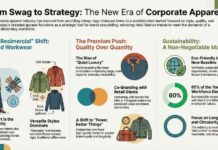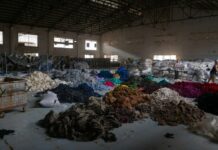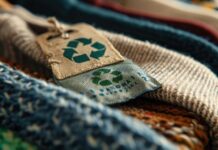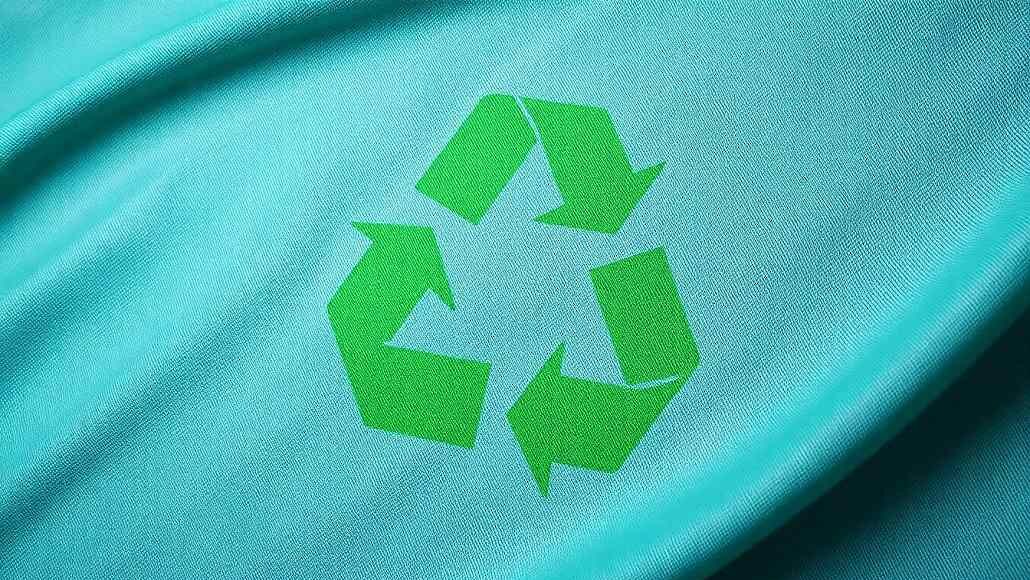Recent research from Kearney, a renowned global management consulting firm, indicates that while numerous brands in the textile and apparel industry profess a commitment to circular practices, only a small percentage have successfully scaled these efforts. The fifth edition of the Circular Fashion Index Report (CFX 2025) offers a detailed assessment of the industry’s journey toward circularity.
This year’s report evaluates 246 apparel brands across 18 countries and covers five main product categories: fashion, footwear, sports, outdoor, and underwear and lingerie. It assesses brand performance across seven dimensions that encompass the entire lifecycle of products and beyond.
Nora Kleinewillinghoefer, Kearney’s lead for Americas fashion and luxury and co-author of the report, noted, “While our top-ranking companies continued to pull ahead, the majority of brands find themselves stuck between ambition and execution, making progress in some facets, but not transforming themselves across all dimensions in an integrated way.” She highlighted that for many companies examined, efforts towards circularity are frequently isolated within sustainability departments instead of being incorporated into product development, sourcing, supply chain, and commercial operations.
The findings from CFX 2025 show that more than 70% of brands fall within the “moderate” range across the index dimensions, indicating that circularity is becoming a standard element of their strategic commitments and initial programs. However, only about 3 to 5% of brands demonstrate “extensive” implementation, revealing a substantial gap in scaling these practices.
Regions such as Europe and North America are leading in circularity, with average scores of 3.6 and 3.4, respectively. Europe has experienced significant advancements since 2024, largely influenced by stricter regulatory frameworks that include incentives for repair, extended producer responsibility schemes, and upcoming eco-design regulations.
Namrata Shah, who leads Kearney’s industrial redesign practice and serves as a partner at PERLab, remarked that even in the fastest-growing sectors, the embrace of circular design principles and raw material reuse has mainly transitioned from ‘limited’ to ‘moderate’ maturity. “What’s needed now is a strategic reframing, and circularity must be treated as a lever for growth, not just a compliance exercise,” Shah asserted. “This means embedding it into how brands design, source, sell, and service their products.”
Dario Minutella, a partner at Kearney, pointed out that the identified “execution gaps” stem from the absence of crucial enablers, such as scalable infrastructure, integrated systems, shared ownership across functions, and sustainable business models. “The message in this research is clear: while directionally correct, the industry’s pace must now shift gears,” Minutella stated. “As regulation moves from policy to enforcement, incremental gains are no longer sufficient. Brands need to move from declaring ambition to delivering evidence, systematically, and at scale.”
The Circular Fashion Index 2025 insights serve as an essential resource for brands aiming to improve their sustainability initiatives. By offering clear benchmarks and insights, Kearney seeks to enable a more integrated approach to circularity, ultimately steering the fashion industry towards enhanced accountability and responsibility. The insights from the Circular Fashion Index 2025 emphasize the importance of moving beyond mere intentions to actionable results in the journey toward a more sustainable future.



































